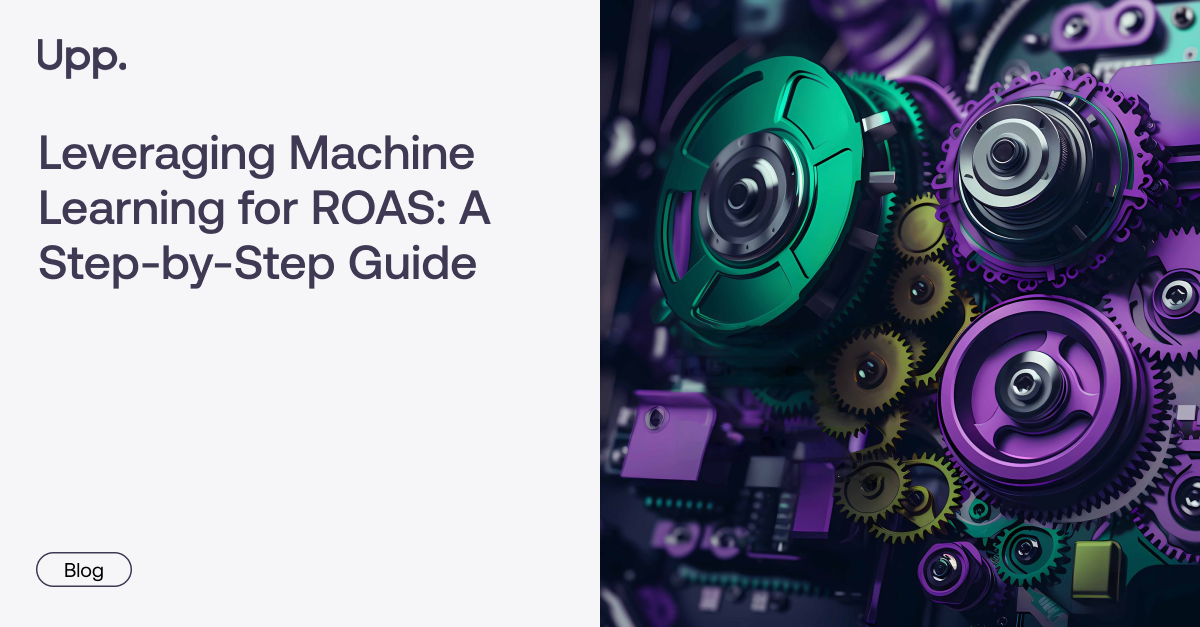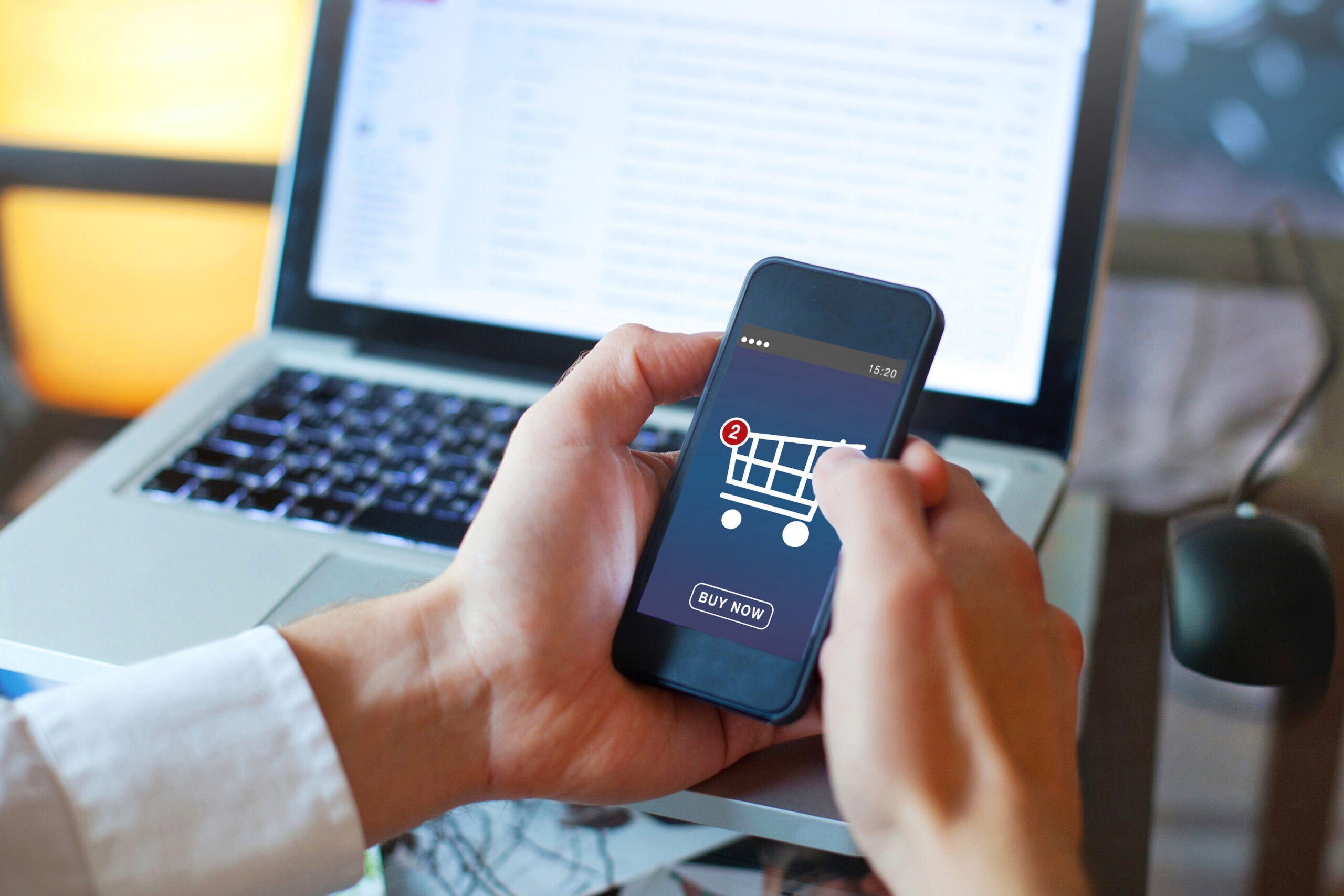A fragmented attention economy
In today's hyper-connected world, consumer attention has become a highly coveted commodity. Shoppers are constantly engaging with multiple devices and platforms—at home, in-store, and on the move. This fragmented attention is driven by an overwhelming array of content across social media, search engines, e-commerce sites, and physical retail environments, making it increasingly difficult for brands to stand out.

UK consumers now spend an average of 3 hours 41 minutes per day online outside of work. Additionally, a third of UK shoppers spend more time online browsing and researching products than they did pre-pandemic (Retail Economics). In this cluttered environment, traditional advertising methods are proving less effective as consumers become more selective with information intake to filter out ‘noise’.
As a consequence, the cost of acquiring new customers has risen significantly, underscoring the need for brands to measure and optimise media spend more efficiently. With interactions between consumers and brands becoming brief and more dispersed, effective connections are becoming harder than ever to achieve.
Artificial intelligence is changing this. AI and machine learning technologies offer powerful tools to analyse vast amounts of data, personalise marketing efforts, and optimise ad spend in real-time. By harnessing these technologies, brands can cut through the noise and deliver highly relevant and engaging content that resonates with target audiences.
Digital dominance at the awareness stage
The customer journey today is more complex than ever. Consumers navigate a variety of channels—both online and offline—on their path to purchase. Here, retailers not only face the critical challenge of capturing attention, but need to do so at the vital moments. One of the most pivotal stages is ‘awareness’, where consumers first encounter brands and products – where converting begins with standing out from the crowd in this busy landscape.
Digital channels are playing an increasingly dominant role in this early phase. Our data shows that £131 billion of annual retail spend is directly influenced by online discovery, as over half (51%) of non-food purchases originate from digital touchpoints. This includes search engines (e.g. Google, Bing), and online marketplaces (e.g. Amazon, eBay).
For comparison, 33% of retail spend is driven by physical retail discovery, and 16% by traditional media such as TV or out-of-home advertising. This suggests that digital platforms are now the primary way in which consumers discover products, driven by convenience, immediacy, and ease.

Furthermore, consumers turn to digital channels not only for the range of options, but also for personalised experiences. Powered by sophisticated algorithms and curated content, digital channels help consumers sift through an overwhelming array of choice to find products that meet their specific needs and interests.





